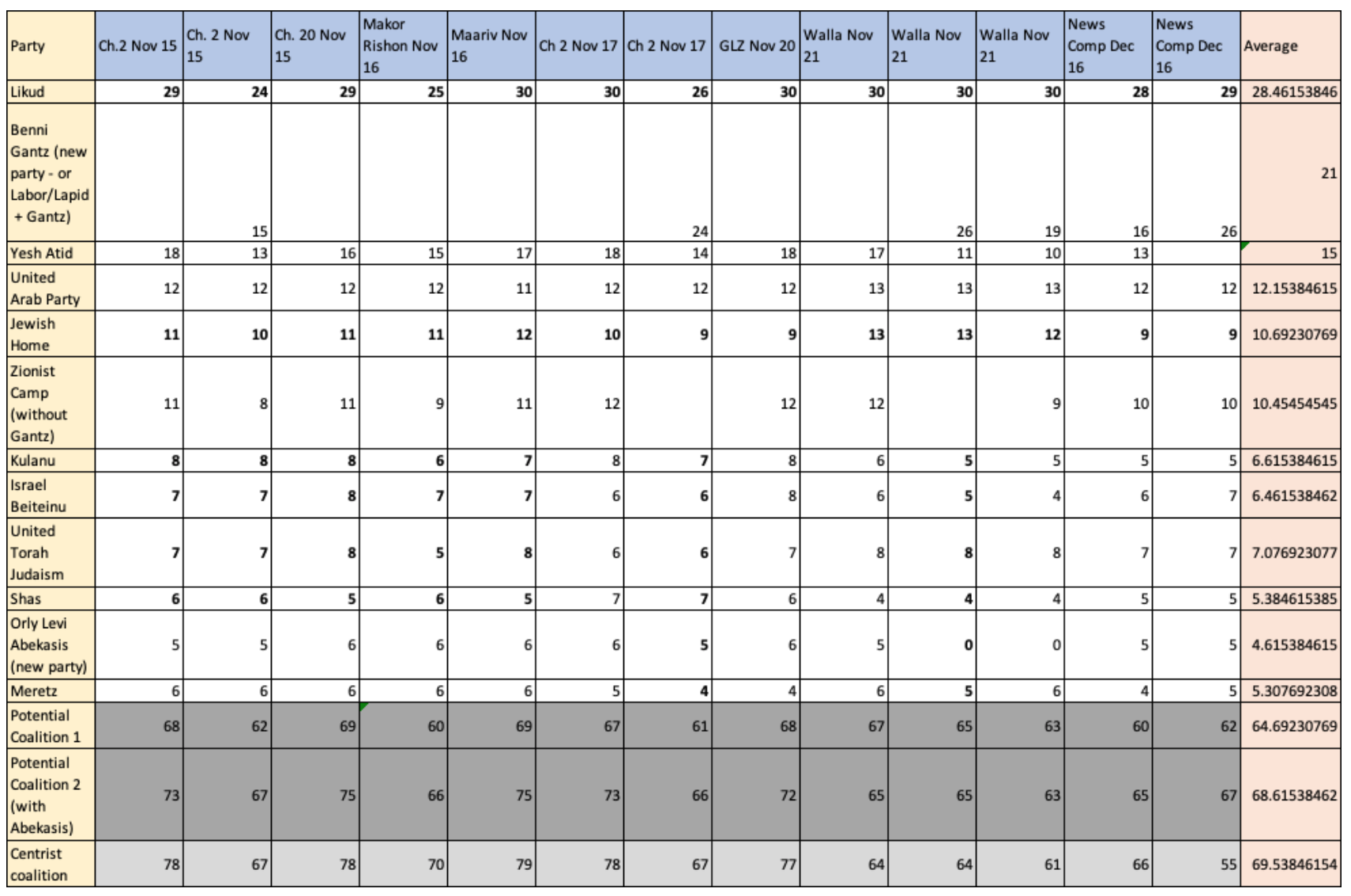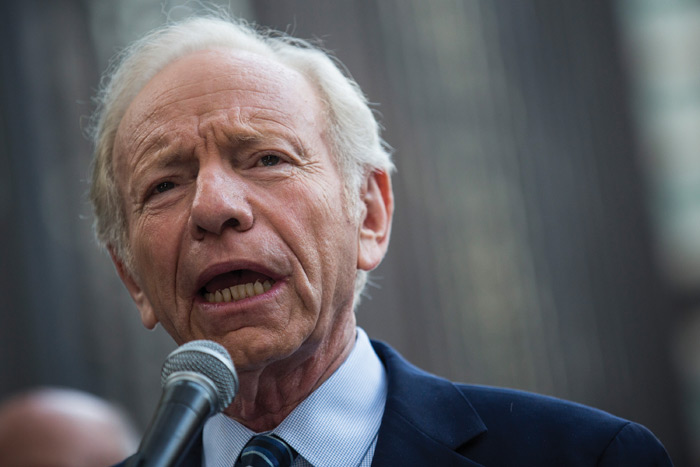 Israeli Prime Minister Benjamin Netanyahu REUTERS/Amir Cohen
Israeli Prime Minister Benjamin Netanyahu REUTERS/Amir Cohen 1. A first public opinion poll after almost three weeks revealed potential risks for the coalition. Benni Gantz – a candidate whose popularity seems to be growing, disregarding the fact that he does not yet have neither a party nor a clear agenda – can complicate any attempt to form the same right-religious coalition after an election. If elections were held today, and Gantz would run alone (namely, forming his own party rather than joining one of the other parties), the current coalition would only reach 60 seats in the Knesset. Not enough.
2. Why is such a scenario still reasonable from a Netanyahu viewpoint. Because of the clear advantage of Likud in the polls. Being the only party with more than 20 seats, it will surely get a chance at forming a government, and the possibilities for such a puzzle are endless. Likud and Gantz, Likud and Yesh Atid, a narrow government with Orly Levi Abekasis, and more.
3. Gantz’ other option is to join forces with Lapid. In such case, they possibly have a shot at getting more seats than Likud (in the last poll they got 26 – just three short of having a shot at getting the mandate to form a coalition).
This is tempting in one believes that the center (Lapid and Gantz) can form and sustain a coalition. But this is not going to be easy. The ultra-Orthodox parties would be hesitant to join Lapid. Within the Likud party, we can expect a beginning of a battle to unseat and inherit Netanyahu. The right will not seat with Meretz (and vice versa). In short, it will be a mess the outcome of which is likely to be an unstable coalition.
4. So Gantz, according to all these scenarios, is not running for Prime Minister.
He is running to be Netanyahu’s Defense Minister in a right-center coalition (if Netanyahu is forced to form such coalition). Or he is running to be Lapid’s Defense Minister (if he joins Lapid).
In theory, there is an option for a centrist coalition without Likud, consisting of small to mid-size parties. But this will be very difficult to pull off and could happen only if Netanyahu fails to form a coalition (the PM will surely get the first shot if he has 28 seats and the next largest party has 16 seats).
5. What is the problem of those wanting to unseat Likud and Netanyahu? The problem is the rightwing-religious bloc of parties that in most cases is large enough to prevent alternative coalitions. In other words, to see a coalition without Likud leading it, you’d have to assume that one of the core parties of the right-religious camp (Likud, Jewish Home, Israel Beiteinu, UTJ, Shas) is going to defect. Is it possible? It is. Is it likely? It is not very likely.
To make it clearer, we add to our trend-tracker a right-left-center graph. Of course, some of the details concerning some of the parties can be debated, but our choice is to arrange the parties in the following way:
Right: Likud, Jewish Home, Israel Beiteinu, UTJ, Shas
Left: United Arab Party, Meretz, Zionist Camp
Center: Gantz, Yesh Atid, Kulanu, Abekasis
And here is what it looks like when we look at the polls from early November 2018 until today (followed by our usual table of recent polls and averages):

























 More news and opinions than at a Shabbat dinner, right in your inbox.
More news and opinions than at a Shabbat dinner, right in your inbox.